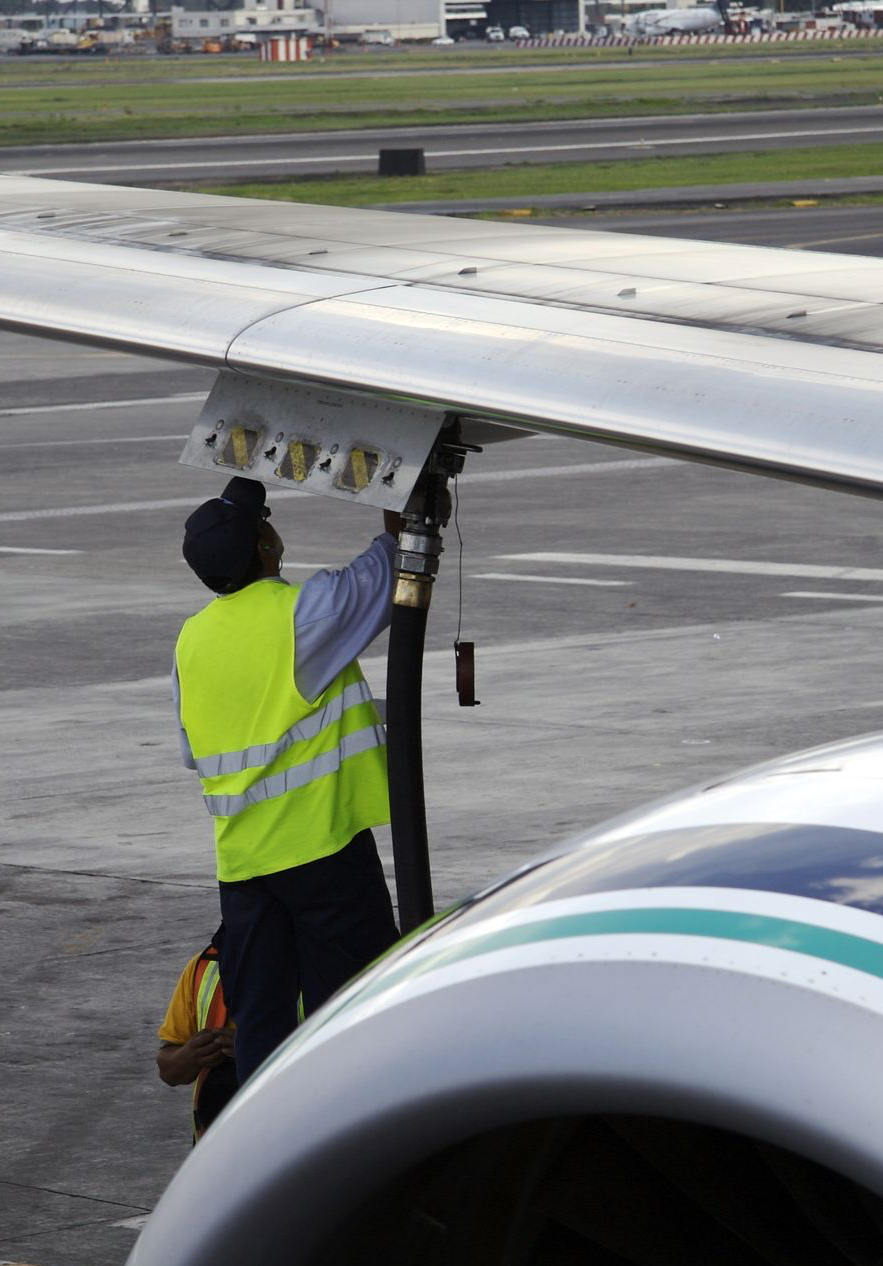The aviation industry faces a major climate challenge. Greener air travel is no longer a luxury, it’s a necessity. But how do we decarbonise a sector where aircraft remain in service for decades, and alternatives like hydrogen or electric planes are still far from commercial readiness?
Surprisingly, part of the answer lies in your deep fryer. Used cooking oil, a waste stream from households and professional kitchens, has become a valuable raw material for sustainable aviation fuel (SAF). This type of biofuel can reduce CO₂ emissions by up to 80% compared to conventional kerosene, and it's already being produced on a global scale.
What is Sustainable Aviation Fuel (SAF)?
Sustainable Aviation Fuel is a low-carbon alternative to fossil jet fuel, made from renewable feedstocks such as used cooking oil (UCO). The CO₂ released during combustion was previously absorbed from the atmosphere through natural processes like plant growth, making SAF part of a closed carbon cycle.
Unlike fossil kerosene, which releases carbon stored underground for millions of years, SAF does not add extra CO₂ to the atmosphere. As a result, the lifecycle emissions are significantly lower: up to 80% less CO₂ compared to conventional fuel.*
Another key advantage: SAF is a drop-in fuel. It can be blended with fossil kerosene and used in today’s aircraft and fuelling infrastructure, no engine or tank modifications required. This enables airlines to cut their carbon footprint immediately, without replacing their fleet.
"SAF is a drop-in fuel, meaning it can be used in current aircraft and enables the decarbonisation of aviation now rather than in the future."
– Vincent de Haes (Sustainable Aviation Consultant at To70)
What is SAF made from?
SAF starts with sustainable raw materials, known as feedstocks, such as:
- Used cooking oil (UCO) from restaurants, food factories and households
- Waste fats from the food industry
- Non-edible plant residues
-
Captured CO₂ from direct air capture technologies
Currently, used cooking oil is the most widely used input for SAF globally. It is abundant, traceable, and has a high energy yield. Through the HEFA process (Hydroprocessed Esters and Fatty Acids), this oil is refined into high-quality SAF that is nearly chemically identical to fossil kerosene.
Why is SAF so important?
Aviation plays a vital role in global mobility, trade and connection, but it also has a serious climate impact. SAF offers a way to decarbonise the sector without disrupting its operations.
The stakes are high. Aviation accounts for about 2.5% of global CO₂ emissions, and that figure could triple in the next 20 years. While electric and hydrogen-powered aircraft are still in development, there are already over 25,000 commercial planes in service, with an average lifespan of 30 years.
That’s where SAF comes in. As a drop-in solution, it can be used today in existing fleets and airports. This means the industry can cut emissions now, without waiting for future technologies.

“If we want aviation to keep its license to operate, to keep the support from society for the great, benefits it has, we need to take more action and decarbonize more quickly.”
– Vincent de Haes ( sustainable aviation consultant at To70)
How is SAF produced?
The production of sustainable aviation fuel involves four key steps:
1. Collection of feedstock
As a certified feedstock supplier, Quatra collects used cooking oil from households, restaurants, commercial kitchens and food businesses. This waste stream is the start of a certified circular chain.
2. Pre-treatment
Collected used cooking oil often contains food particles and water. It is cleaned, dewatered and stabilised in specialised facilities to make it suitable for industrial refining.
3. Refining into SAF
Through the HEFA process, the purified oil is treated with hydrogen under high pressure and temperature. This converts fatty acids into hydrocarbons that are nearly identical to fossil kerosene.
4. Blending and certification
The final SAF (up to 50%) is blended with fossil kerosene and must pass strict quality checks before being approved for commercial aviation use.
What does the future require?
The future of sustainable aviation doesn’t hinge on a single technological breakthrough, it depends on collaboration across the entire value chain. SAF is a powerful lever, but its success requires every link in the chain to move in the same direction.
That vision drives Stargate, a European project where airports, airlines, researchers, and feedstock suppliers like Quatra work together to build a more sustainable aviation system. Not just by integrating SAF, but also by promoting smart mobility around airports, raising passenger awareness, and improving local environmental quality.
Decarbonising aviation takes more than tech. It takes vision, trust, and shared responsibility.
“ We definitely need to work on new technologies, new aircraft designs and better operations to develop sustainable aviation fuels, but there’s no silver bullet. That’s why collaboration between stakeholders is key to reduce impact and meet the growing aviation demand .”
– Elisabeth Woeldgen (PhD researcher in Environmental Economics at Hasselt University)
* Calculated for neat (non-blended) SAF, based on established life cycle assessment (LCA) methodologies such as the CORSIA approach.